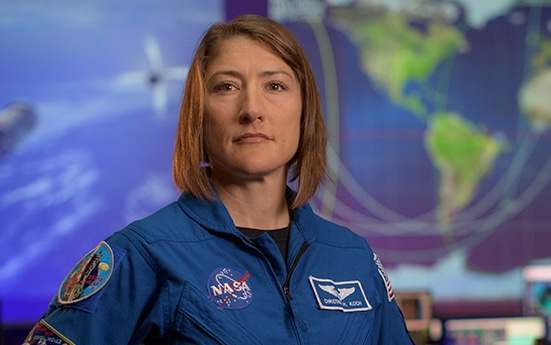Space travels are not new, but yearlong simulated adventures are. Four volunteers have embarked on a year’s journey to be locked in a 1,700-square-foot space that mimics living on Mars. A few weeks ago, the volunteers entered the simulation at NASA’s Johnson Space Center in Houston and waved goodbye to the outside world. Here’s what you need to know about their simulated journey.
What is the journey for?
NASA said the journey, Crew Health and Performance Exploration Analog (CHAPEA), is the first of three-year-long Mars simulations; the following missions are planned for 2025 and 2026. So what is the point of these missions? Let’s explain.
The journey aims to help scientists understand what it would be like for humans to live on Mars for long periods. Astronauts have never had the experience of staying on the planet for long due to its unlivable conditions.
The flight engineer
Ross Brockwell, a volunteer, is a structural engineer and public works administrator. His work focuses on infrastructure, building design, operations, and organizational leadership. Brockwell earned a Bachelor of Science in civil engineering from the Georgia Institute of Technology in Atlanta.

Brockwell also has a Master of Science in Aeronautics from the California Institute of Technology in Pasadena. He holds professional certifications from the U.S. Green Building Council and the Institute for Sustainable Infrastructure and is a certified planning commissioner.
The science officer
Anca Selariu is a microbiologist in the U.S. Navy. Her experience spans viral vaccine discovery and manufacturing, prion transmission, gene therapy development, and infectious disease research project management. Like the other three, NASA selected her through the 2021 call for applicants.

Selariu earned a Bachelor of Science in Philology from the University of Transylvania, Romania, and a doctorate in interdisciplinary biomedical sciences from Rutgers University, New Jersey. She also completed a postdoctoral fellowship at the Prion Research Center, Colorado State University in Fort Collins.
The medical officer
From Springfield, Illinois, Nathan Jones is a board-certified emergency medicine physician specializing in prehospital and austere medicine. He works as an emergency medicine physician, emergency medical director, and tactical medical physician at Springfield Memorial Hospital. He’s also an associate professor at Illinois.

He earned a Bachelor of Science in molecular and cellular biology from the University of Illinois at Urbana-Champaign and a Medical Doctorate from Southern Illinois University School of Medicine. He completed a residency in emergency medicine at the University of Illinois College of Medicine at Peoria.
The mission commander
Kelly Haston is a registered member of the Mohawk Nation of the Six Nations of the Grand River in Canada. She is a research scientist with experience building models of human disease. She has led many innovative stem cell-based projects.

Haston earned a Bachelor of Arts in integrative biology and a Master of Arts in endocrinology from the University of California, Berkeley. She also got a doctorate in biomedical sciences from the University of California, San Francisco (UCSF) and Stanford University in Palo Alto, California.






